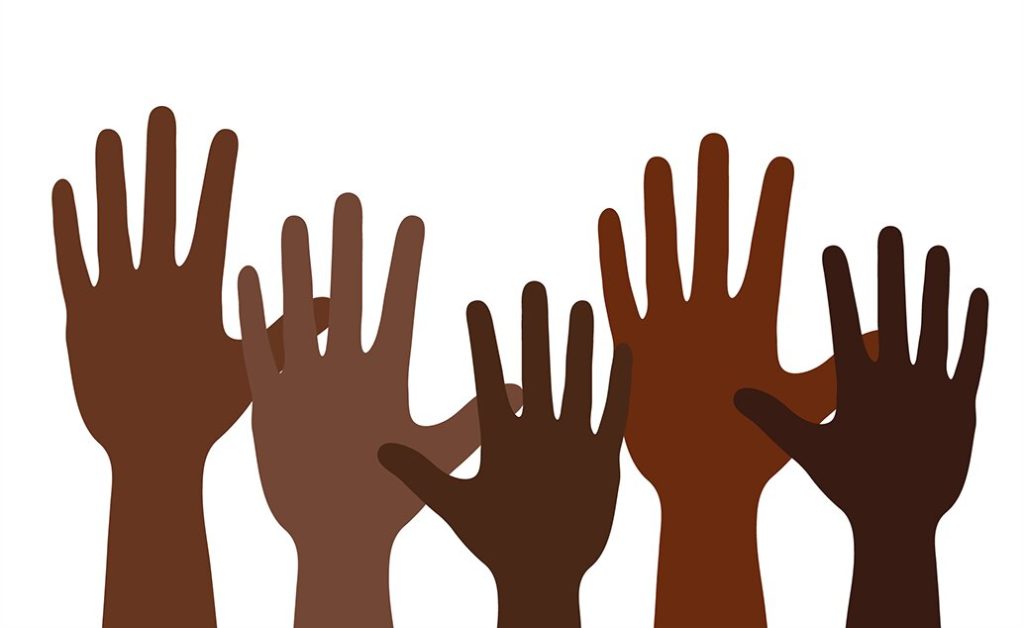
Race has always been an intense topic that most tend to avoid. Too many opinions, too many opportunities to offend and too many misunderstandings can cause even the tightest relationships to loosen.
But when the video of George Floyd’s death went viral, silence was no longer optional. To some, closed mouths became an enemy to justice and much-needed change. Voices rose, transcending generations, race, socioeconomic backgrounds, religions and gender. Important names and phrases became familiar – Armaud Arbery, Breonna Taylor, Tamir Rice, Trayvon Martin, Black Lives Matter.
As a black woman, a black mother with a black son, and a teacher of students of color, I would have been remiss if I didn’t pause my routine reading instruction and allow my students to share what was in their hearts. This is what education is about: learning, not just from books but from the real world. What an opportunity for young scholars to express their emotions, experiences and expectations of a future America. And what an opportunity for adults to learn the right way to listen and engage in these necessary conversations.
Before I opened up the conversation to my remote students, however, I laid out some guidelines to ensure discourse was healthy and provided teachable moments for everyone.
- Listen with empathy rather than judgment. All experiences are different and we have to respect the reality of people’s feelings and perceptions in this moment.
- Do not seek to cast blame. Instead, try to pinpoint root causes and discuss possible solutions.
- Speak with hope rather than hopelessness.
- Ask questions of one another. There are no stupid questions if we don’t know the answers.
- Speak professionally and formally. Stay away from slang or other casual language that could hinder your audience’s understanding or motives of your comment.
- If there is disagreement, seek to understand the other perspective and get clarity before explaining the disagreement.
I started the conversation with my students discussing my fear of being a black mother and for my black son, but I also discussed ways to remedy the fear. The 30 minutes of discussion involved tears, questions about the genesis of bias, the meaning of white privilege, what makes a name sound ghetto, and why skin color is such a big deal. Students apologized to one another for laughing at racial jokes and stereotypes in past conversations.
All of my middle school students are of color. Seventy percent of my students are Hispanic and 30 percent are African American. Many have shared similar experiences of having family members or themselves unfairly targeted by police, where they were assumed gang members or undocumented workers.
After the heartfelt conversations, I conducted a mini lesson on activism and played a video from Flocabulary.com. In the video, children as young as 11 years old spoke about and worked for causes they were passionate about. While watching the video, one student yelled at the screen, “I can do that. That’s easy.”
At the end of the virtual class, students didn’t feel rejected or glossed over. “Black Lives Matter. We are in this together,” students said, and also expressed ways they planned on getting involved. Some said they would create signs to put in their window at home, lead a march with children from their neighborhood, call a lawmaker to address concerns, express feelings through poetry and post commentary on social media.
Talking about Black Lives Matter doesn’t mean you have to choose sides and start arguing. It’s about confronting systemic racism, not people. Make it an opportunity for your students to be leaders and to build community.

